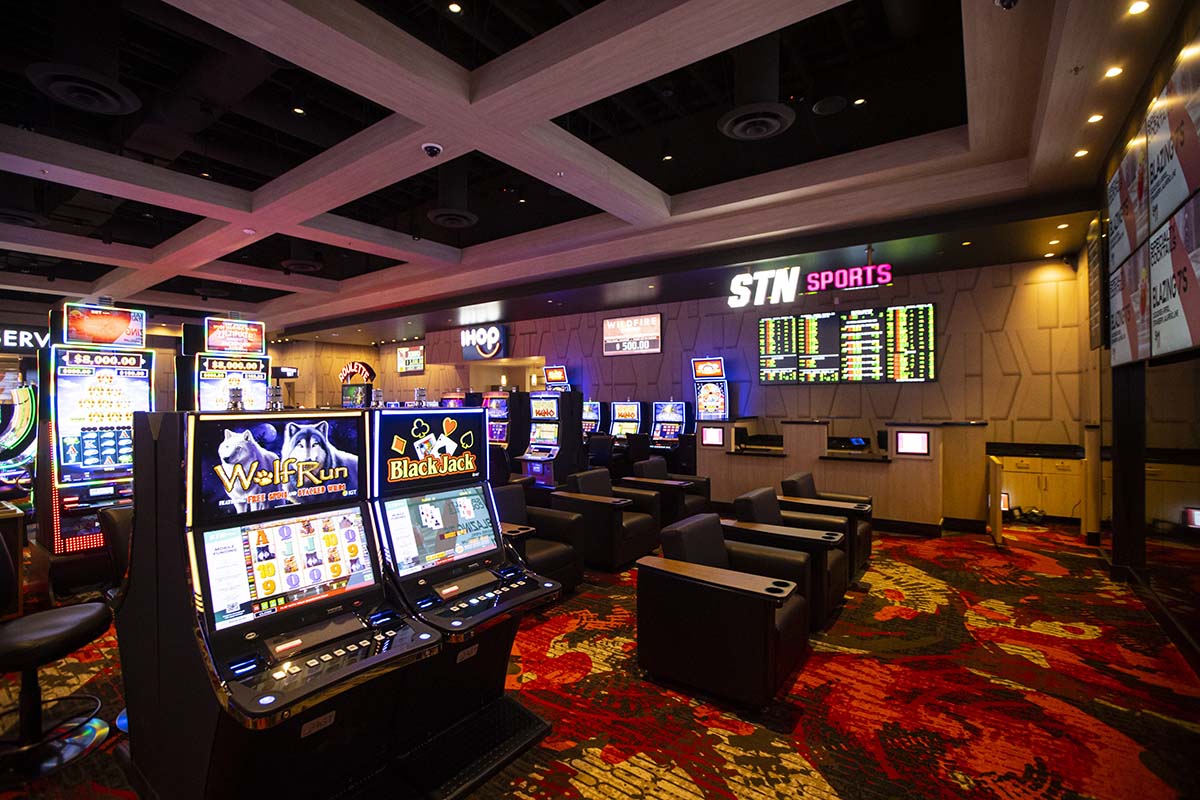In what way Gambling Games Utilize Color and Layout to Attract Players

Within a dynamic and exciting world of gaming establishments, wherein luck and strategy intertwine, color and aesthetic play a critical role in drawing in players. As soon as visitors step into a casino or access a gaming platform, they are enveloped in a sightly feast that grabs their attention and entices them to discover more. Vivid colors, captivating graphics, and innovative layouts are carefully crafted to create an atmosphere of excitement and expectation, ultimately enhancing the gaming experience.
While gamblers move through the dynamic landscape of casino games, they encounter a variety of designs that not only serve visual purposes but also affect feelings and decision-making. Hues like red and yellow symbolize riches and luck, while soothing navy and greens can create a much relaxed environment. Understanding how these elements function together allows casinos to create an welcoming and energizing atmosphere that encourages players to engage with the games, invest additional time at the tables, and increase their overall enjoyment.
The Science of Hue in Gambling Games
Hue plays a crucial role in the creation of gambling games, influencing player emotions and behaviors. Trang chủ 78WIN Bright and striking colors, such as red and yellow, are often used to incite thrill and attract attention. These colors create a sense immediacy and energy, encouraging participants to engage more enthusiastically with the experience. 78win.id By strategically selecting colors, developers aim to inspire emotions of joy and excitement, which can enhance the overall game experience.
Different colors also have psychological connotations that can influence how players perceive their odds of success. For example, emerald is frequently associated with luck and abundance, making it a frequent choice in games like the roulette wheel and poker games. This association can lead participants to feel more hopeful and self-assured in their gaming, ultimately encouraging them to stake more. Understanding these associations allows game developers to craft environments that enhance player satisfaction and retention.
In addition, the interface of casino game interfaces often utilizes blended colors and differing shades to guide player actions. For example, winning results may be emphasized with striking, opposing hues, creating a visual cue. This technique supports positive outcomes and supports repeated gameplay. By utilizing the psychology of color, gaming venues can develop activities that not only attract players but also hold them engaged and committed in their play experience.
Creative Elements that Attract Players
The aesthetic appeal of gambling games is primarily influenced by the implementation of vibrant colors. Lively and contrasting colors are deliberately chosen to create an appealing atmosphere that grabs attention. For instance, reds and golds often signify luck and prosperity, which is why they are common in the color schemes of slot machines and game surfaces. These colors not only attract players in, but they also evoke emotions associated with excitement and anticipation, enhancing the total gaming experience.
In parallel to color, the aesthetic and organization of gambling games play a significant role in player attraction. Games are designed to be intuitive, ensuring that players can quickly understand the rules and gameplay. User-friendly interfaces, along with captivating graphics and motion, help maintain gamer interest and promote extended play sessions. The tactile elements, such as the texture of the buttons and the sounds of the games, also contribute to a holistic sensory experience that keeps players engaged.
In conclusion, thematic elements in gaming design can significantly influence gaming decisions. Many casino games are inspired by media, myths, or adventure themes, featuring symbols and characters that resonate with players. These themes create a sense of immersion and connection, making each game feel distinct. When players feel a bond to the concept, they are more likely to choose that game over others, leading to higher participation and excitement within the casino environment.
Case Studies: Successful Casino Table Game Designs
One noteworthy example of successful gambling game design is the acclaimed slot machine series based around hit movies. Games such as those based on the The Wizard of Oz and Game of thrones utilize dynamic colors and high-quality graphics to enthrall players in well-known narratives. The application of dynamic visuals and engaging sound effects captures the attention of players, creating an psychological connection to the theme. This tactic not just encourages longer play but also enhances the overall gaming experience, resulting in increased player retention.
Another successful case is the use of the psychology of color in table games like 21 and the wheel. Casinos often design these games with deep reds and greens, colors traditionally connected with luck and wealth. For instance, the green felt on a 21 table provides a calming effect, while the red accents in the wheel invite excitement. This thoughtful use of color helps to establish an inviting atmosphere that motivates players to engage, addressing their psychological impulses and boosting their enjoyment.
Finally, online casino games that include community features and lively, lively designs have seen remarkable success in engaging players. Games like Zynga’s Poker and Slotomania leverage striking colors and playful animations to establish an inviting online environment. The inclusion of leaderboards, community sharing options, and in-game rewards promotes competition and community, attracting players in for longer sessions. Such designs not only make the games visually enticing but also highlight social interaction, a vital factor in player retention and engagement within online casino environments.
